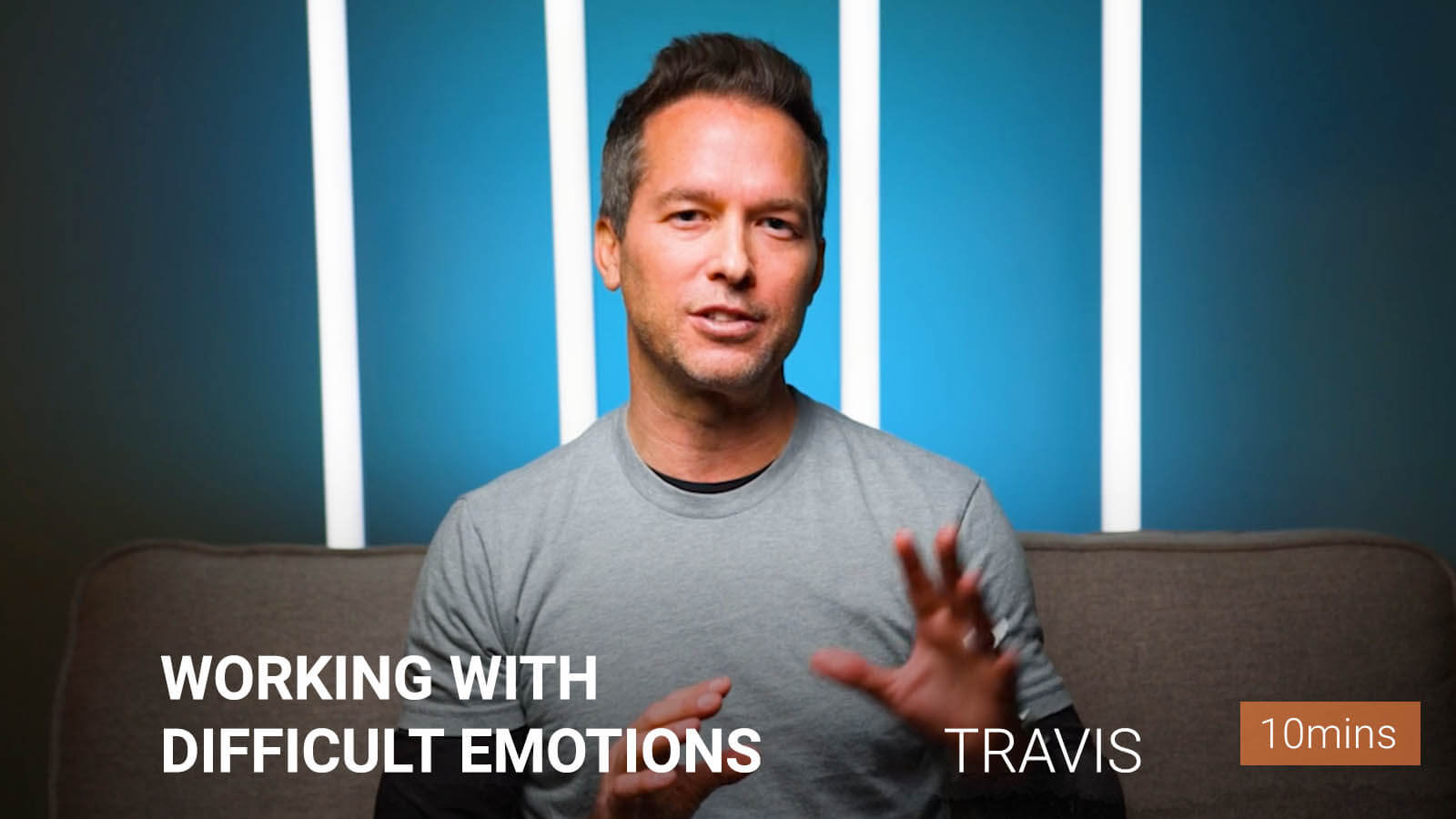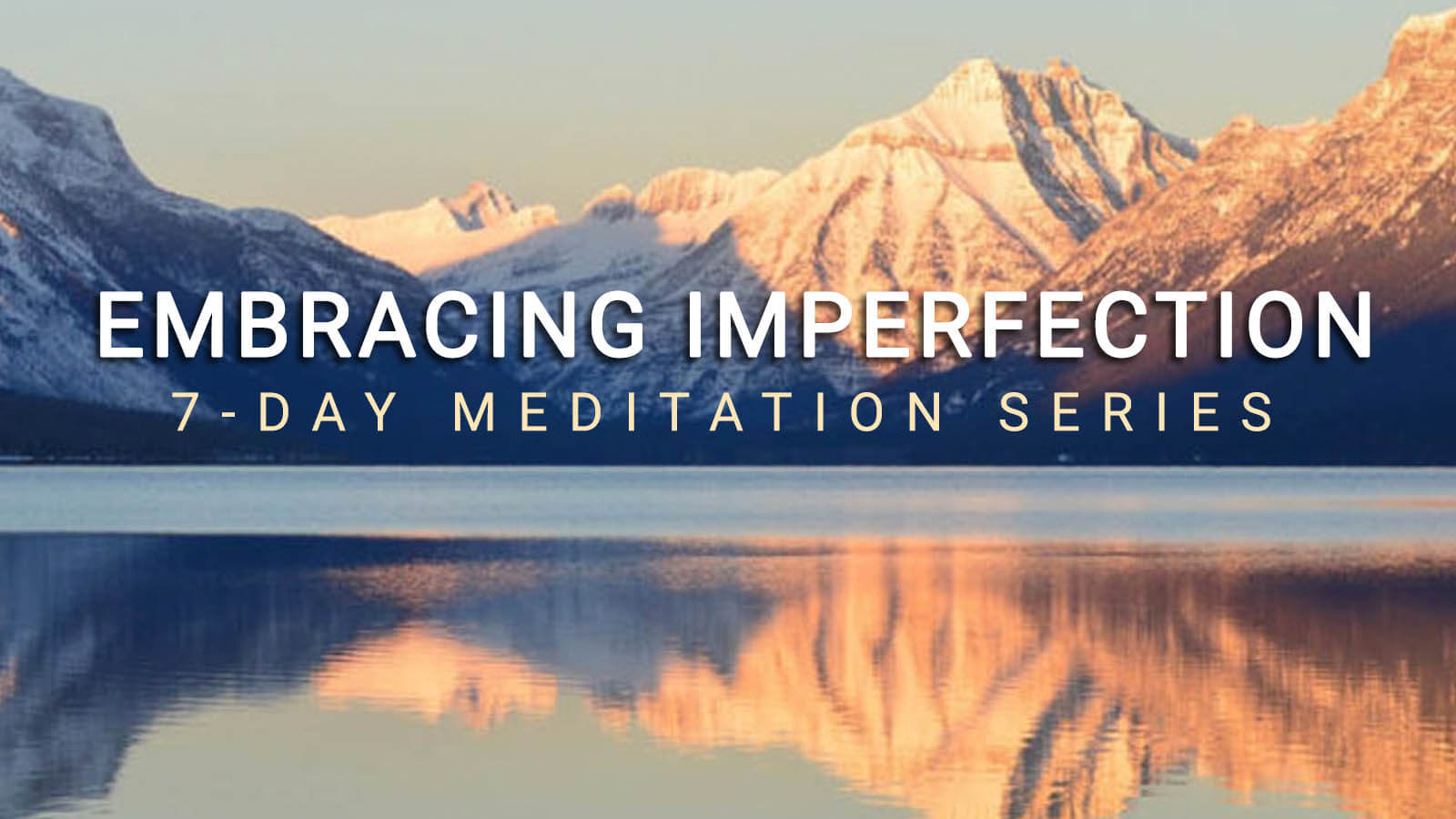Inner Reflections
June 26, 2023
Tools For Processing Emotions

It may be relieving or distressing to know that the physiological process of an emotion lasts 90 seconds. You might ask yourself…how can this be? According to neuroanatomist Dr. Jill Bolte Taylor, the chemical process of emotion in our body lasts 90 seconds – after that, we are choosing to stay in the emotion.
Well…when I first heard about this research I laughed out loud. I can tell you from personal experience that I have chosen to stay deep in an emotion for a heck of a lot longer than 90 seconds!! This is why I am so thankful to have gradually cultivated multiple tools to manage my emotional life. Allowing and processing emotions has been key for me in processing grief and trauma…as well as managing everyday life occurrences. Managing and processing emotions continue to be a work in progress in my life – as it may be for you as well! Here I share a few tools that continue to help me.
A yoga philosophy that has helped me to understand just how we habitually extend the life of an emotion is the philosophy of Samskaras. Our daily reactions and habits create mind loops, and they create our story over time. Our mind is quick to pick up on patterns, recognize them and replay them. These habits carve neural pathways in our minds, making it easy to stick to a known way of reacting. Without practices to recognize our patterns or samskaras, it can be all too easy to replay the same patterns day after day.
Recognizing emotions and putting words to them has been helpful in my emotional processing. Looking at images such as an emotion wheel can help you put words to feelings (just search for “emotion wheel” online). When I reflect on how I am feeling in a moment often the first words that may come up are happy, sad, or angry. There is research to show that the more words in your vocabulary to describe emotion the better you can cope. Sort of a “name it to tame it” philosophy. Recognizing the abundance of words to describe human emotion can be liberating. It can also be interesting to know that different languages have nuanced ways of describing emotion. The first language I learned was French – and at times I’ve found I turn to my mother tongue to best describe what I am feeling, as often the equivalent word in English just doesn’t describe it as accurately.
Sometimes even language may not be enough! At times I’ve noticed a heaviness in my heart, a tightness in my chest, or tension in my neck, and I do not identify a particular word to describe it. At times the sensation of tightness, that pit in my stomach…lives more in the world of sensation. When language isn’t cutting it for me, I’ll turn to visualization tools. Sometimes identifying the shape and color of what I am feeling is most helpful. Try this out by taking a deep breath and asking yourself the following questions: What color is this sensation? What shape is this sensation? Is it moving or is it steady? Give yourself a few minutes to sit with this and trust what comes up for you.
So, if you find yourself struggling to process emotions – you are not alone! Processing emotions is a gift of being human. The capacity to show up in the way you want in your life takes continual work – there is no destination but an ongoing journey. So, take a deep breath and dive in – there are so many tools to help. Choose one thing that resonates with you and give it a try!
Check out the following practices and wisdom for a few more tools:
 https://www.innerdimensiontv.com/classes/thought-emotion-loop/
https://www.innerdimensiontv.com/classes/thought-emotion-loop/
 https://www.innerdimensiontv.com/classes/working-with-difficult-emotions/
https://www.innerdimensiontv.com/classes/working-with-difficult-emotions/
 https://www.innerdimensiontv.com/programs/embracing-imperfection/
https://www.innerdimensiontv.com/programs/embracing-imperfection/
 https://www.innerdimensiontv.com/classes/name-it-to-tame-it/
https://www.innerdimensiontv.com/classes/name-it-to-tame-it/
By Christine